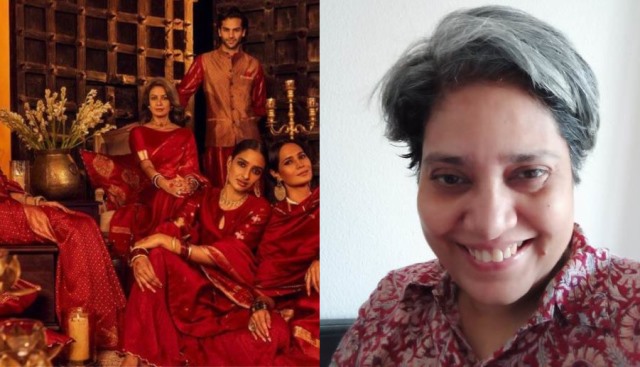Ravisher Singh, 24, an education consultant from Jalandhar wonders why people are on a short fuse about their religious or linguistic sensitivities as seen in Fabindia episode lately
I live in Jalandhar and among all Indian states, Urdu words are perhaps used the most either in UP or Punjab. Even for the rest of the country, Urdu and Farsi words have seeped so much into our vocabulary that we unknowingly use them. So it feels sad to see people getting all riled up over the usage of the beautiful language as was seen in the outrage over the recent Fabindia ad.
In the past few years, there has been an increase in people feeling outraged about what they perceive to be either direct or indirect attack on their religion. We see many a follower of Hinduism taking umbrage to how it is being represented be it then the recent Ceat Tyres ad or some other controversies in which people believe Hinduism was targeted.
Be it Hindus, Muslims, Christians or Sikhs or followers of any other faith, I feel people should do research into the matter/controversy before jumping in with anger. Our generation is all about social media and any outrage gets amplified and spreads really quickly, but we need to take a pause and assess how we really feel about it.

On the other hand there have been oversights in cases of brands. And say even in the non-advertising world, in cases like making a cartoon of Prophet Muhammad when even drawing his image isn’t allowed, one cannot say that followers of Islam shouldn’t feel offended. It depends from case to case and people shouldn’t give knee-jerk reactions.
Even if people are individually intelligent, the collective IQ is questionable. It does not take much time for a group to turn into a mob. The crowd is often led by a person who is intelligent himself and who understands how the idea of nationalism works.
Let us for a second imagine that a brand has some ulterior motive in using a definite script or promoting a hidden agenda. Should our reaction be how we reacted to Fabindia ad, threatening or terrorising them? Not only Fab India, many other brands also have found themselves at the receiving end of public outrage. Some of them give in so easily and don’t stand their ground. There was this outrage over the Myntra logo. People only see what they want to see, and ignore other important things.
ALSO READ: ‘We Know Fabindia Is Not The Target, Muslims Are’
Narrow interpretations of one’s faith leads to fanaticism. I am a follower of Sikhism and I am also a man of logic, which is why blind faith in traditions isn’t my preferred thing. I would rather test a thing or act from all angles before putting my faith in it. The advertising world also needs to take care. We are being bombarded with ads on every platform in every inch of space available, some outrage is bound to be there given the quantity of adverts a person has to watch in a single day.
One should take proper time and analyse a raging issue before expressing one’s opinion. Instead of feeling outraged, it is advisable to understand the issue at hand and look for a solution instead of generating conflict.

